
Tiny Forests
Super Tiny. Super Powerful.
Tiny Forests are densely packed patches of native bushland the size of a tennis court, right in the heart of our cities. These urban wildlife oases are a unique nature-based solution, reconnecting people with nature and helping to mitigate our urban climate and biodiversity challenges. Using an established planting method (called the Miyawaki method) that includes soil enrichment, diverse indigenous plant selection, and a dense planting structure; Tiny Forests are supercharged, growing up to 10 times faster than traditional forests, and becoming up to 100 times more biodiverse than monoculture forests.
Earthwatch is championing Tiny Forests in Australia, and engaging the local community to help plant, maintain and conduct important research, to better understand the benefits these tiny and mighty forests provide.
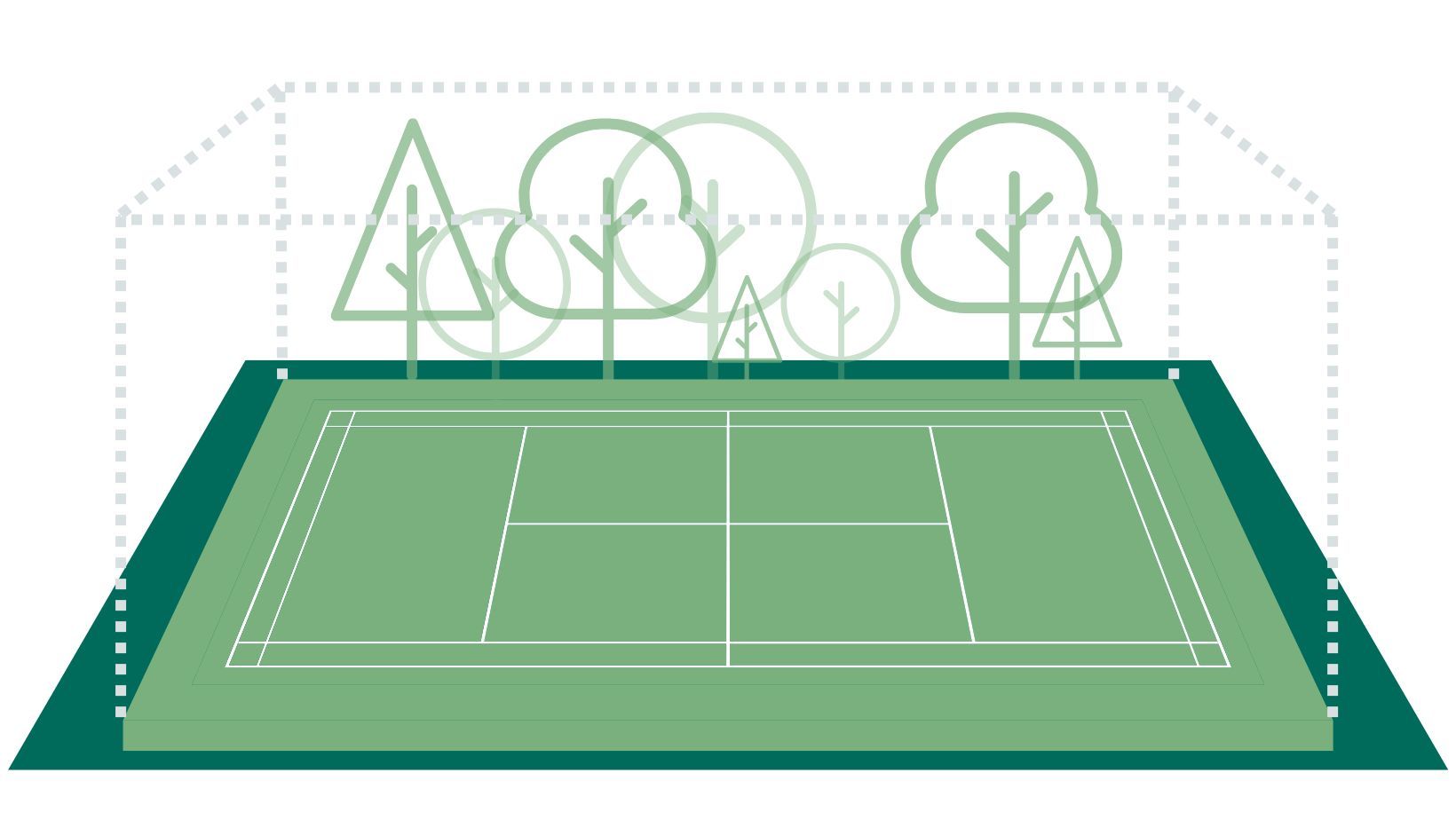
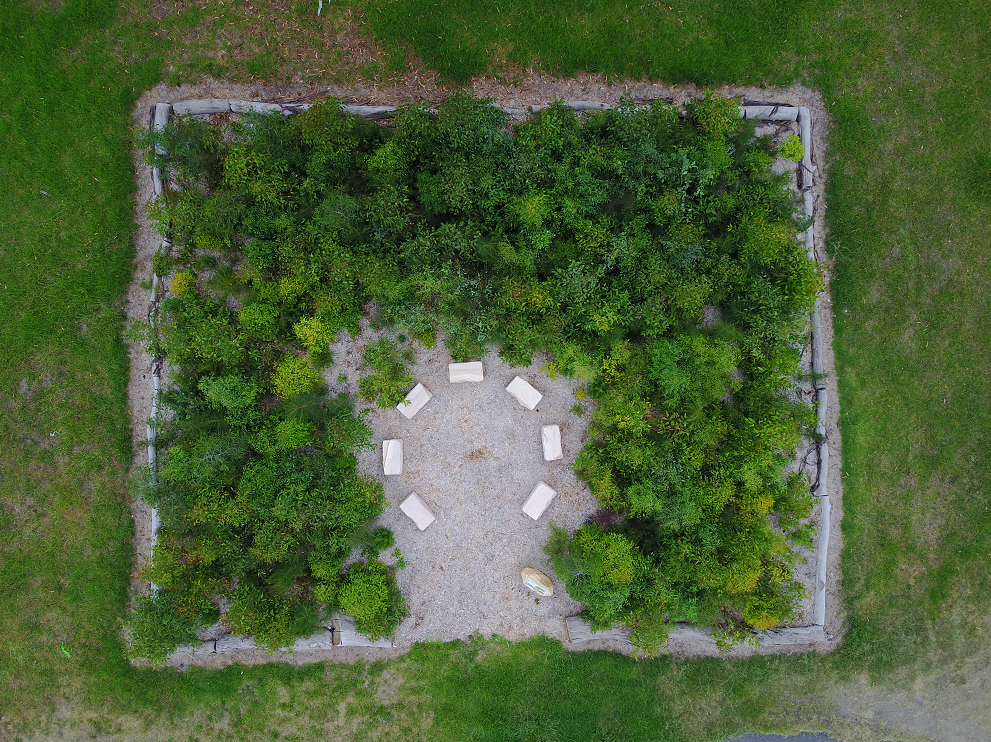
10
Forests planted
6,694
Native plants
700
People engaged

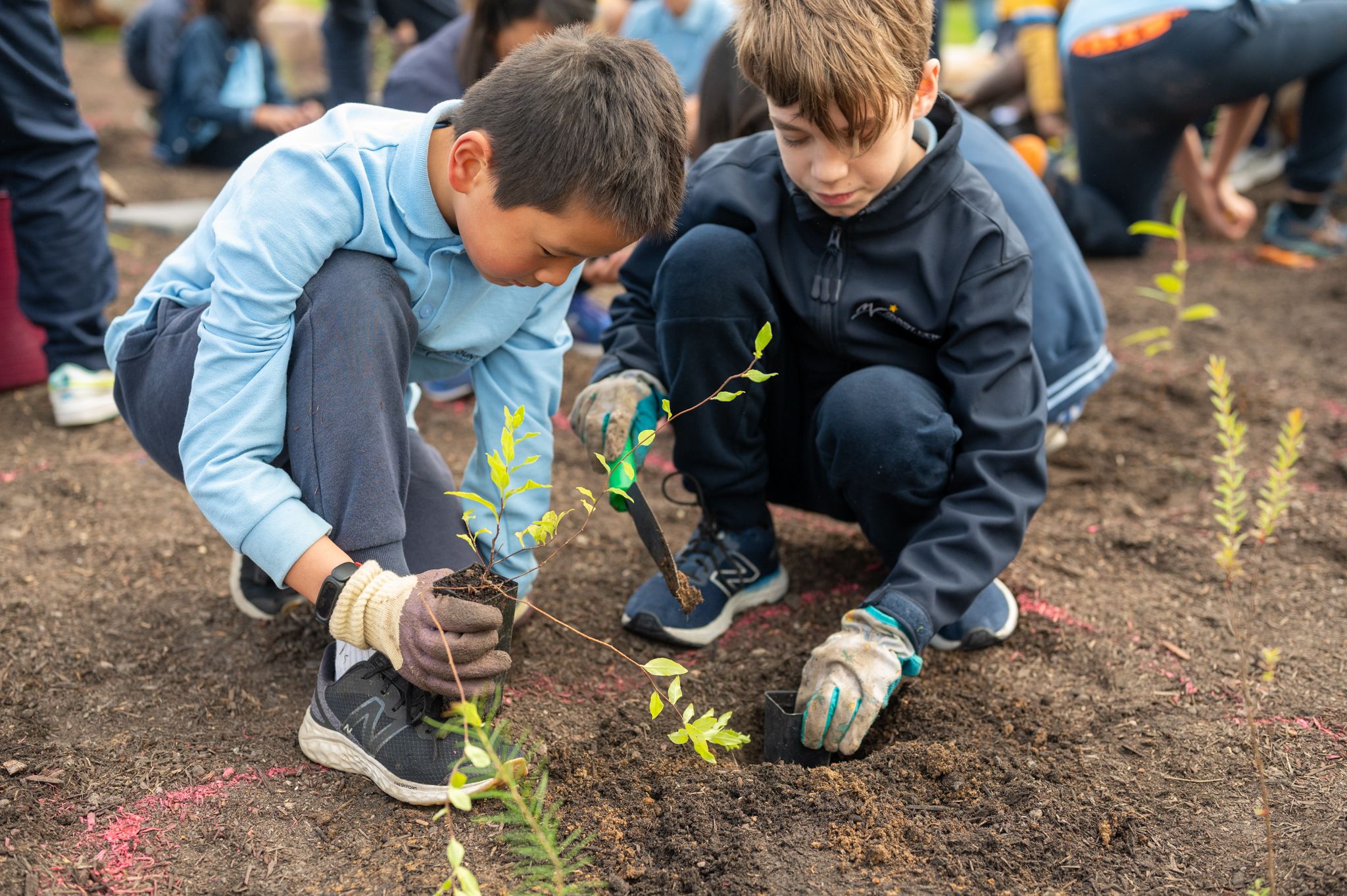
Engaging communities
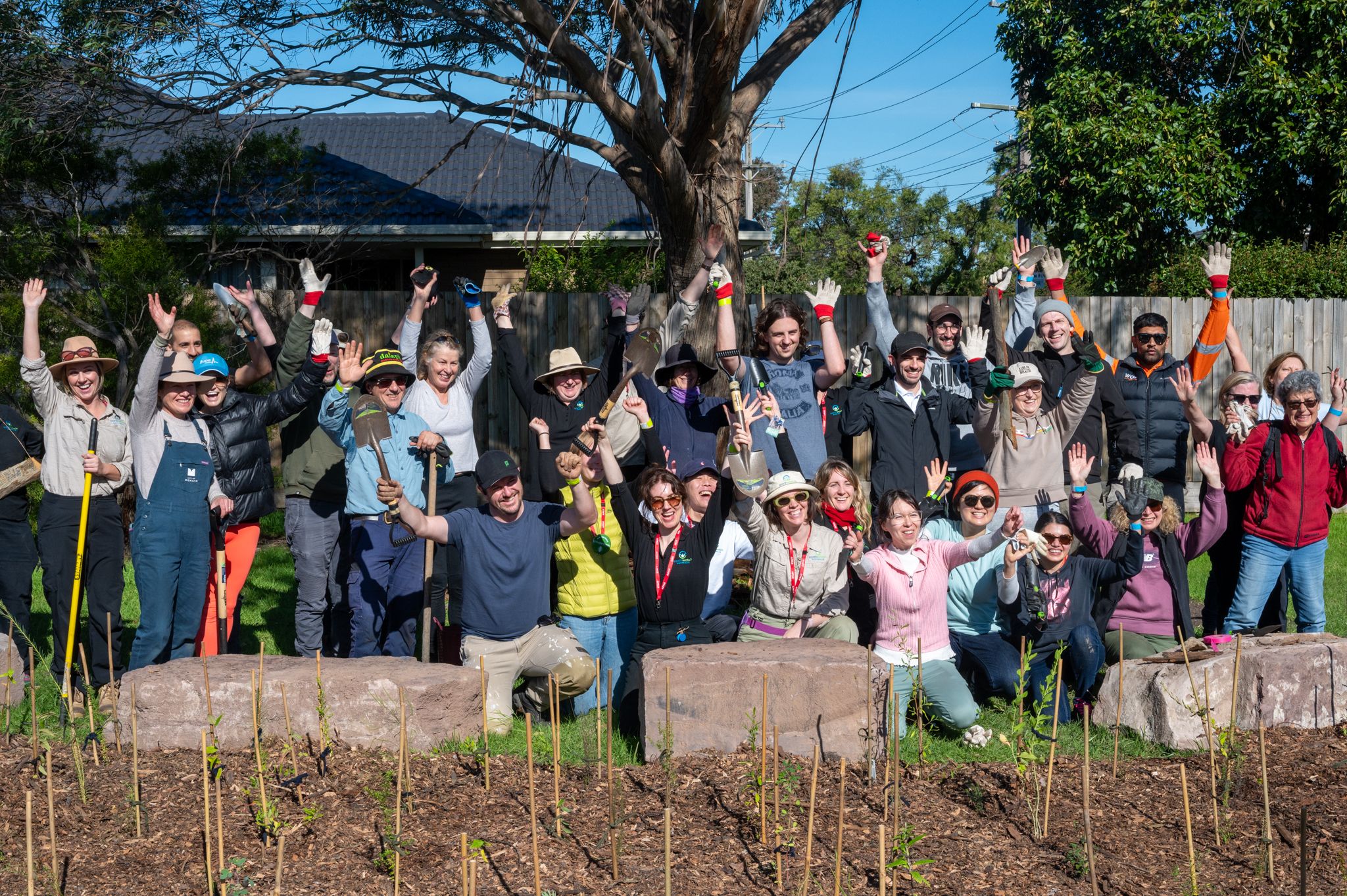
Inspiring change
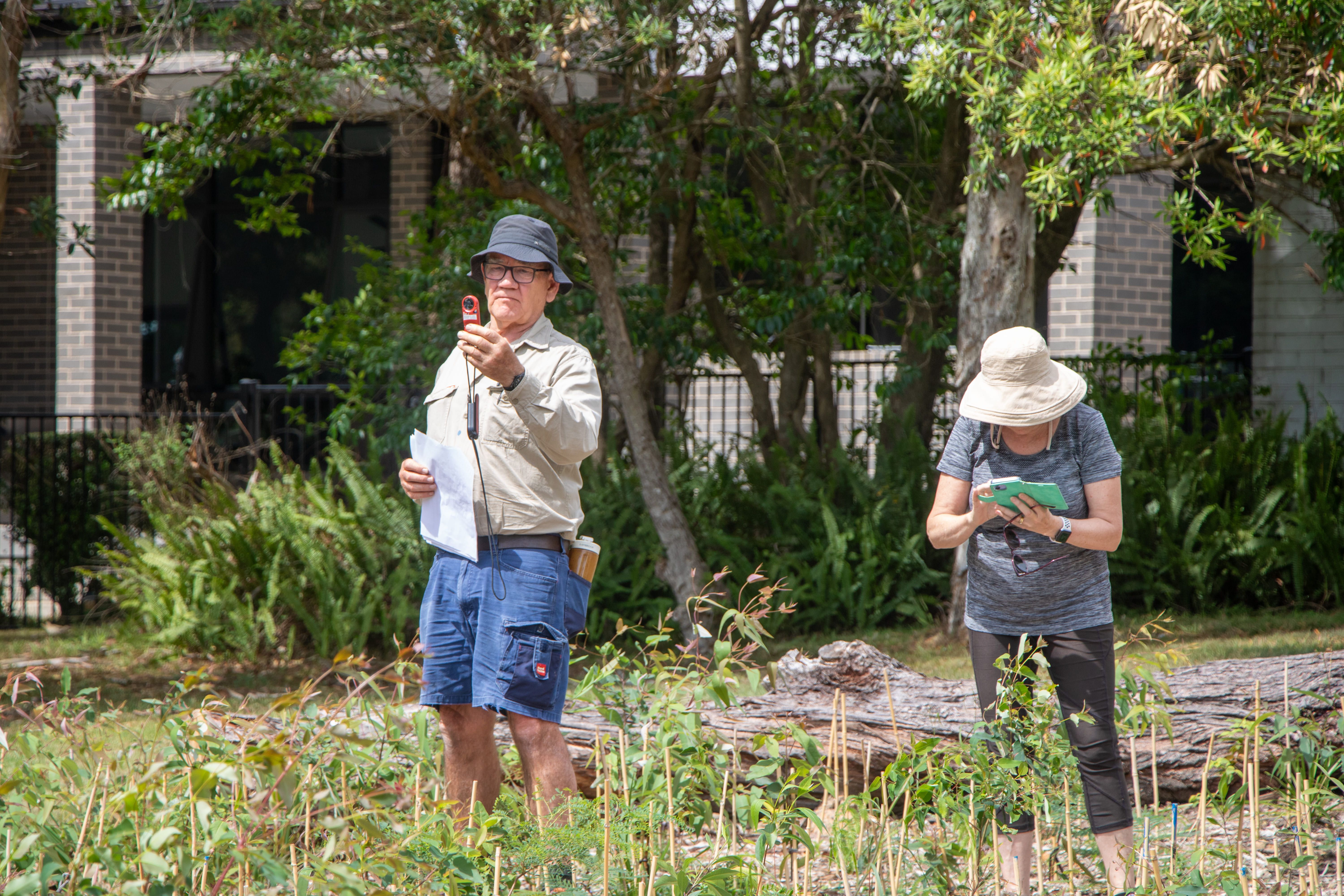
Leading Citizen Science
Earthwatch is championing Tiny Forests in Australia, and engaging the local community to help plant, maintain and conduct important research, to better understand the benefits these tiny and mighty forests provide.

Step 1:
Planting
We plant dense, fast-growing native bushlands, based on an established forest management method.

Step 2:
Engaging
We engage business and community to cultivate and monitor each forest over time. This connects people with nature and raises awareness of biodiversity loss and climate change.

Step 3:
Collecting
We collect environmental and social data relating to every forest we plant, to assess the benefits they provide over time and between forests.
Citzen Science
Through our citizen science program, we facilitate biodiversity monitoring on each forest through our dedicated research portal. The data collected contributes to an international open-source body of research spanning the UK, Germany and the Netherlands. Determining the effectiveness of Tiny Forests as Nature Based Solutions to the impact of biodiversity loss and climate change.
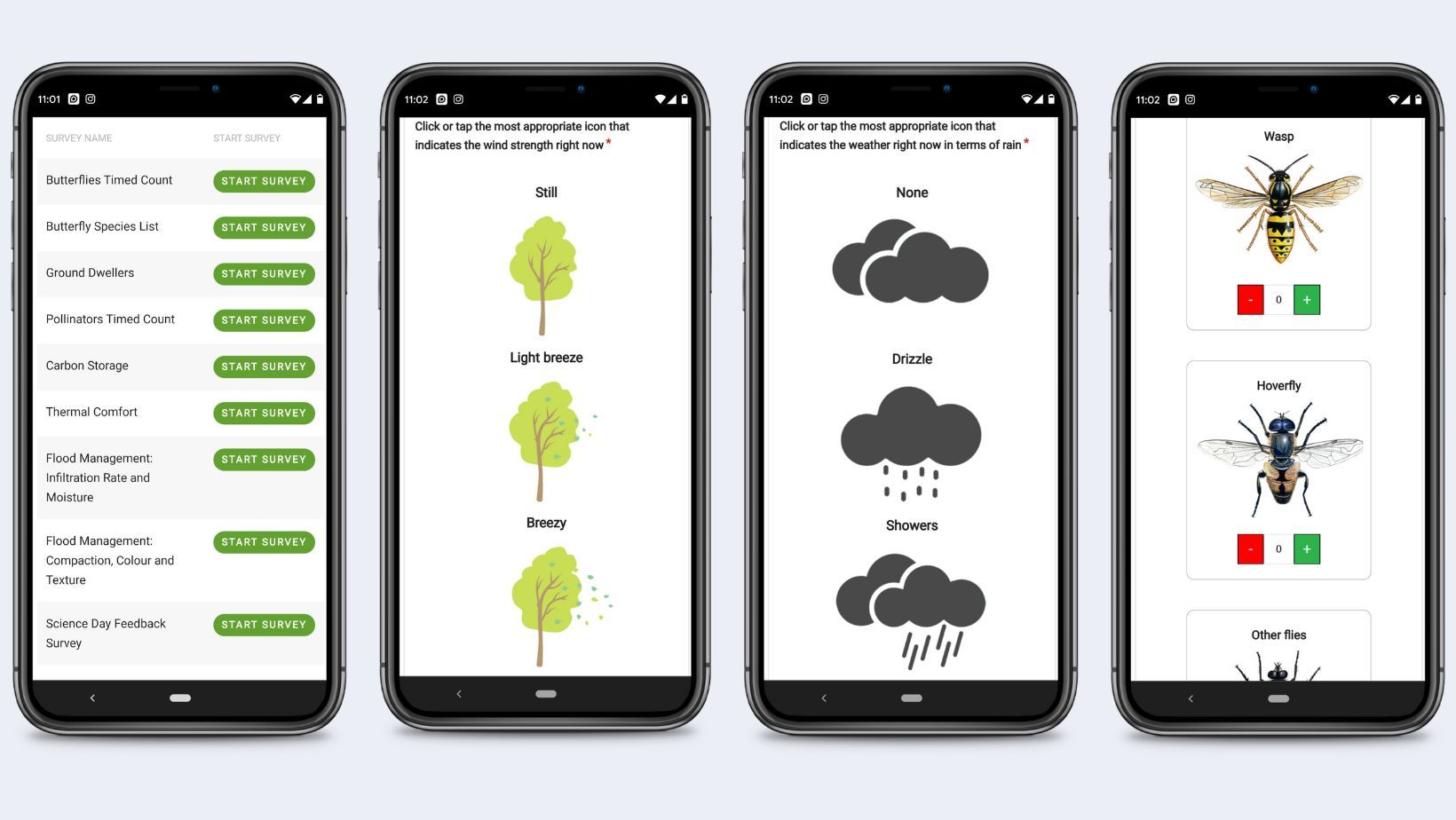
Get involved
Through our citizen science program, we facilitate biodiversity monitoring on each forest through our dedicated research portal. The data collected contributes to an international open-source body of research spanning the UK, Germany and the Netherlands. Determining the effectiveness of Tiny Forests as Nature Based Solutions to the impact of biodiversity loss and climate change.
The Research
Tiny Forest establishment follows a particular planting method, called the Miyawaki method, including adaptions of the method to suit the Australian context and local site conditions.
The Miyawaki method was first developed in the 1970s by Dr Akira Miyawaki, and it is a particularly valuable method for urban greening. The combination of soil enrichment and a dense planting structure results in accelerated growth, about 10 times faster than traditional forests. As the forest establishes and thickens, biodiversity levels rapidly increase, and the maintenance requirements decrease.
Through structured and facilitated citizen science days, data will be collected in the following areas to help understand the benefits of the planting methodology:
- Biodiversity (pollinators and ground dwellers)
- Soil moisture, and soil texture
- Growth rate and carbon content
- Thermal comfort
- Feedback and wellbeing survey
Sites
Visit the Tiny Forest global website to learn more about our first Tiny Forest sites in Australia.
More information
Download our Tiny Forest Handbook for more information about the program
We are thrilled to announce that we are proudly partnering with Bupa for the development of our Sydney and Monash Tiny Forest sites.
This collaboration is made possible through the generous support of the Bupa Healthy Planet, Healthy People initiative. Planting is scheduled to take place in May, stay tuned for more updates around this unique corporate engagement partnership. Read more here.
It’s long been understood that getting active in nature is good for both your physical and mental health. That's why we're so pleased that the millions of steps our people took in 2023 has unlocked funding for amazing biodiversity projects such as Tiny Forests. We hope these green spaces will be enjoyed by local communities for generations.
There is a strong need to invest in robust nature positive solutions to climate change in our cities and towns so that communities and nature benefit. Corporate investment from organisations like Bupa are integral to driving the Tiny Forest movement in Australia.
Sustainable Development Goals



